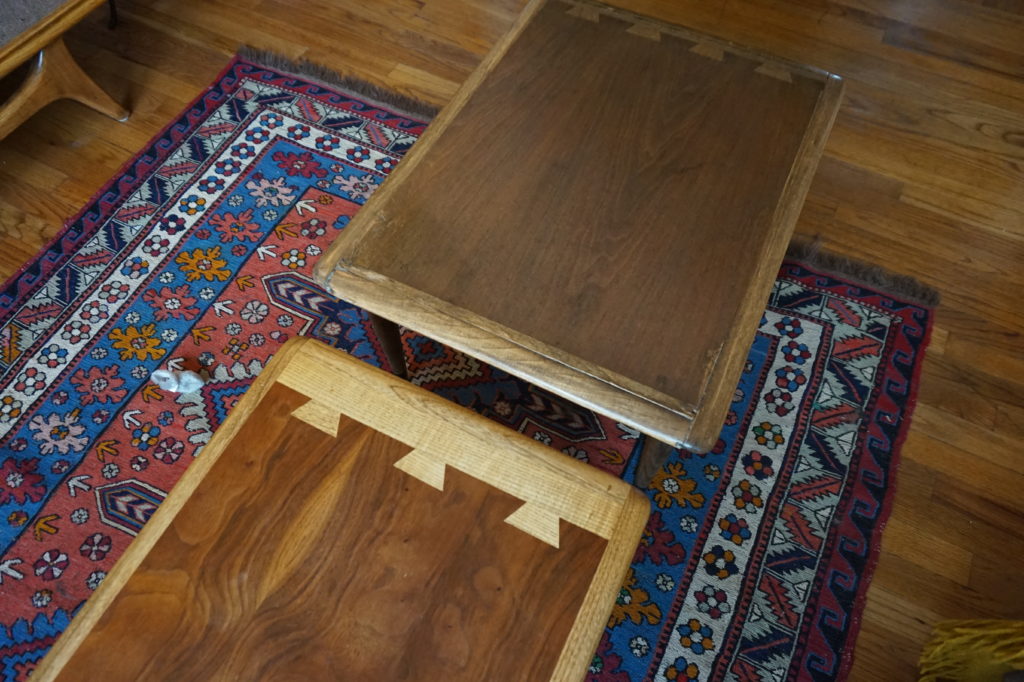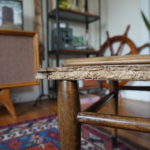Spring is upon us and there’s no recourse. Most people (or rather, most people I know) love spring; viewing it as a time of renewal, when life unfurls from its huddled winter postures and grasps pleadingly at the emerging sun, refreshing rains and warmer temperatures. Flowers bloom and trees bud new leaves, ushering in a season rife with garish displays of all nature’s bright colors. Animals and people alike begin to shed their winter coats and embrace the inevitable arrival of fair skies and hot days.
Windows are opened to let in temperate breezes, flushing out the stale air of winter’s reclusion. The sense of life renewing all around us inspires us and motivates us to renew our own lives. We clean. We organize. We divest ourselves of the clutter that accumulates over the long winter months. We refresh ourselves.
Spring also brings the blossoming of cherry trees. In Japanese culture, the cherry blossom is seen, among other things, as a symbol of the ephemerality of life; its impermanent and changing nature. A vibrantly visual reminder of our own mortality and our destiny to eventually be wiped away by the passage of time, like blossoms blown away in the wind.
Spring represents life, ever-changing; but it also represents renewal and regeneration. A restoration of body, mind and spirit. So, it may be appropriate that I started this project on the same day that we took time to experience the cherry blossoms.
For me, this is all tainted by the loss of my favorite weather. And worse still, as it is all naught but the harbinger of heat, sun, humidity and insects – all the things that make the outdoors miserable (aside from its distinct lack of electrical outlets). Spring has long been my least favorite season simply because it means the end of winter; and the immutable coming of summer.
To help ease the pain this year, I am embracing the symbolism of spring, without condoning the blue skies, reek of freshly-mown grass or chirping of birds. So, in the essence of renewal, I endeavor to tackle my first real restoration project: one that will go much further than a simple refinish or repurpose. Accepting the ephemeral nature of all things, while working to breathe new life into one specific piece of furniture that came my way at just the right time.
Like the Over/Under from earlier this year, this project will be complex enough that I felt it necessary to break it out into several, live updates.
Several months ago we were lucky enough to nab a relatively clean Lane Acclaim coffee table to replace our mid-century surfboard style coffee table. Eventually I will get around to refinishing it and posting about that, but it was the impetus for a more recent purchase of a matching side table. The Craigslist post indicated that it had some water damage and some glue drips, but the pictures didn’t look bad and it was priced less than the cost of dinner, so I figured I could make a quick refinish project out of it. I picked it up in the dark and didn’t get a chance to give it a good once-over until the next day. It was at that time that I started to realize the true extent of the damage and was rather crestfallen.
The rounded oak side pieces had all separated from the main part of the table. The resulting spaces had been filled with glue. The edges of the veneered part of the table were warped up where they separated from the oak pieces. What I initially thought were several drilled holes at one end of the table were roughly plugged with wood dowels and glue; and the entire table had been sloppily refinished with a colored polyurethane in an attempt to hide the glue, dowels and water damage to the veneer.

I knew the veneer wouldn’t be thick enough to stand up to the planing and sanding necessary to correct the warpage, so I hoped that I could use some clamps and gently coax the warped wood back to its original shape and in the process save the original veneer. It became quickly evident that this would not actually work. It might have been possible to correct the warping this way, but the walnut veneer was too compromised by the water damage to hold up to the abuse.
Knowing that I would have to address the separation of the oak pieces from the table top, I decided that I should remove them, strip and sand them, and then find out what I needed to do to correct the separation. Using two small putty knives, I cleaned out as much of the glue as I could and gently pried off the first piece. It was at this point that I discovered the great conceit of this piece of furniture and also when I discovered the true extent of the water damage and depth of skill required to complete this project.
For, I discovered that the table was not a piece of solid wood, or plywood, covered with veneer, but was rather particle board, covered with veneer. What I was seeing was not just a bit of warping and separation, but was actually the result of the particles of wood within the board expanding after absorbing water, which not only changed the dimensions of the board, but undermined the structural integrity of the particle bonding itself. As a result, the edges that had been exposed to water were practically disintegrating in my hand.
After working my way around the table, gently prying off all the edges, I set about the very long, very tedious task of removing the walnut veneer. Several hours of chiseling and scraping later, I had managed to get all of the walnut veneer off and successfully saved the oak veneer so that I could attempt to replicate the dovetailed finish that is the most distinctive element of this line of furniture.
The chiseling and scraping had resulted in a few pock marks and small holes that I filled with wood putty, then planed the entire surface down flat, which caused even more of the sides to disintegrate, but I finally had a place to really start considering how to tackle the restoration. I had also reached a place where I could proceed no further without more supplies, so I took a break to gather my thoughts and place some orders.














